Video Games That Defined Growing Up in the 80s
Modern gaming means hyper-realistic graphics, complex storylines, and online multiplayer worlds. But back in the 1980s, simple pixels and basic bleeps created magic that would shape an entire generation of gamers.
From arcade cabinets to home consoles, these games didn’t just entertain – they revolutionized how people spent their quarters and their afternoons. Here’s a look at legendary games that transformed basements and arcades into electronic wonderlands.
Pac-Man (1980)
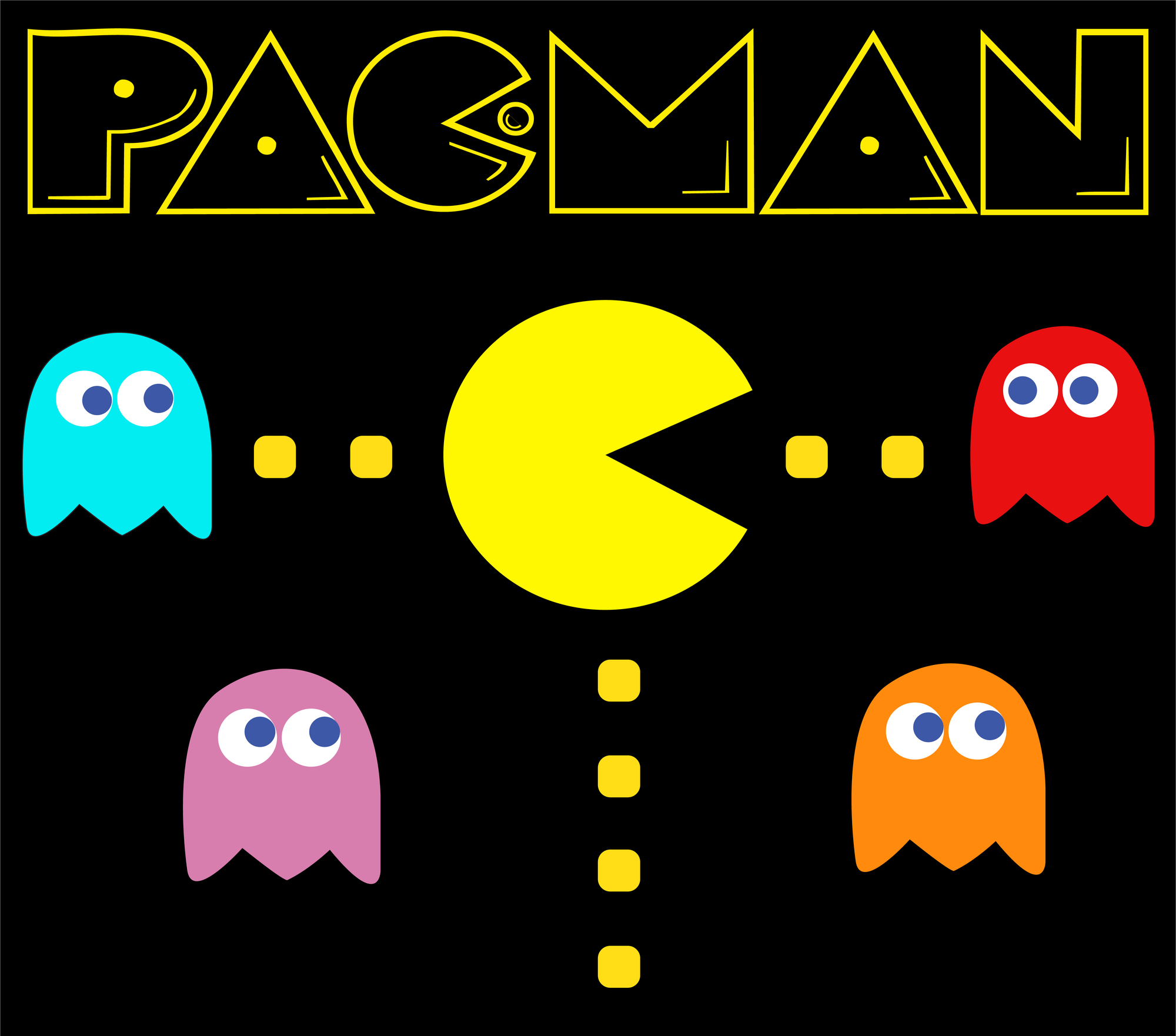
When Pac-Man first appeared in arcades, nobody could have predicted how a yellow circle munching dots would change gaming forever. The simple but addictive gameplay crossed age and gender barriers, creating the first true gaming mascot.
Arcade owners had to empty overflowing coin boxes twice daily as players lined up for their chance at the perfect game. The infamous split-screen kill pattern on level 256 became gaming’s first legendary glitch, while “Pac-Man Fever” climbed the Billboard charts.
Super Mario Bros. (1985)

Super Mario Bros. didn’t just save the gaming industry after the crash of 1983 – it created a new language of play. The perfectly tuned physics of Mario’s jump, the hidden warp zones, and the infectious underground theme music wove themselves into popular culture.
Parents suddenly found themselves learning about mushrooms and fire flowers from their kids. The game’s success established Nintendo as gaming’s new kingmaker, while the instruction manual became required reading for playground strategy sessions.
Like Go2Tutors’s content? Follow us on MSN.
Space Invaders (1978)

The march of alien invaders downward became gaming’s first iconic rhythm, creating tension through steadily increasing speed. Japanese arcades faced coin shortages as players fed their machines endlessly.
The simple black-and-white graphics masked revolutionary gameplay concepts that would influence decades of game design. Players developed strategies for the perfect high score, while the distinctive sound effects became part of the cultural soundscape.
Dragon’s Lair (1983)
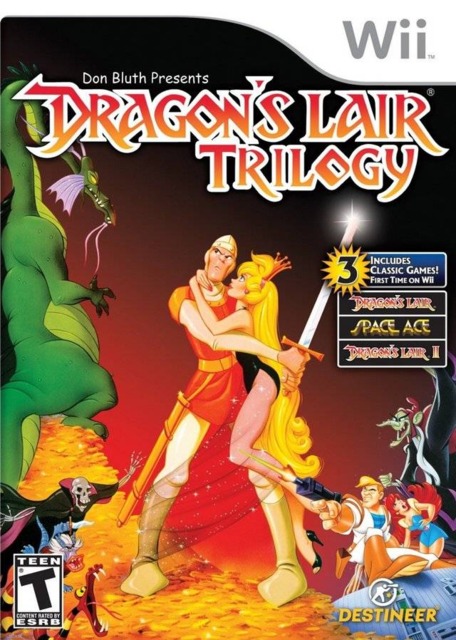
Don Bluth’s animated masterpiece revolutionized arcade visuals, looking more like a Disney movie than a video game. The laserdisc technology behind it cost a whopping 50 cents per play when most games were still a quarter.
Players memorized the precise timing needed to guide Dirk the Daring through his adventure, creating a new kind of pattern recognition gameplay. Though frustratingly difficult, its gorgeous animation showed what games could become.
Defender (1981)
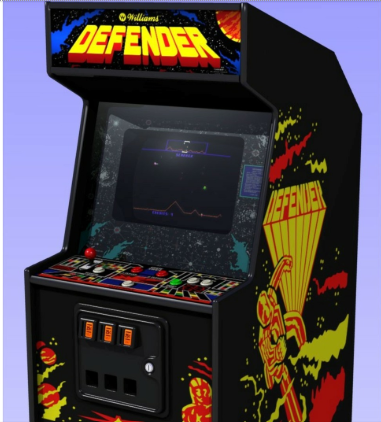
Eugene Jarvis created the most complicated control scheme yet seen in arcades, with five buttons and a reverse switch. The side-scrolling shooter demanded players manage multiple threats while rescuing humans from alien abduction.
Mastering the controls became a badge of honor among serious gamers. The game’s difficulty and depth proved that video games could offer sophisticated challenges beyond simple reflexes.
Like Go2Tutors’s content? Follow us on MSN.
Donkey Kong (1981)
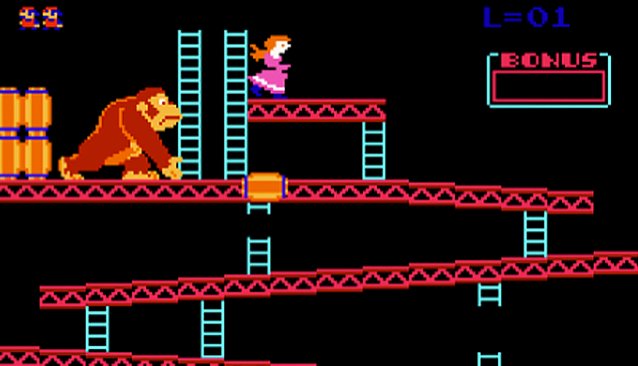
Nintendo’s barrel-throwing ape introduced both Mario (then called Jumpman) and the concept of platform jumping to gaming. The four distinct levels offered unprecedented variety in early arcade games.
Players developed strategies for each stage, sharing techniques during marathon gaming sessions. The game’s success saved Nintendo’s struggling American arcade division and launched gaming’s most recognizable character.
Galaga (1981)
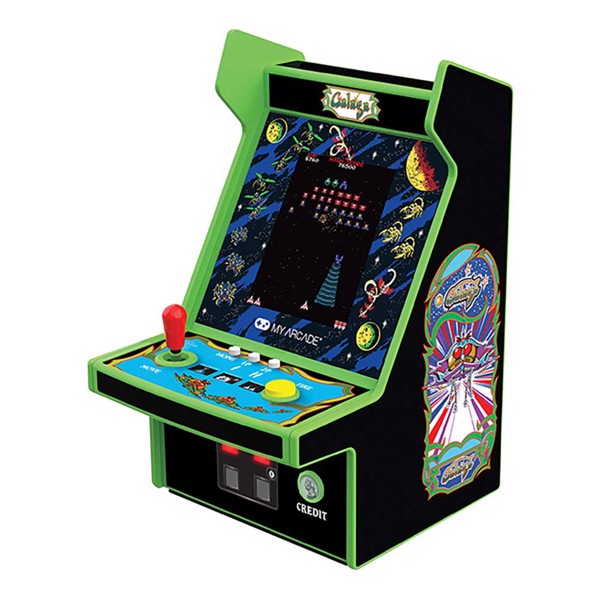
Galaga improved on Space Invaders’ formula with colorful graphics and more complex enemy patterns. The ability to rescue captured fighter ships added strategic depth to the shooting action.
Skilled players could double their firepower by perfectly timing fighter captures and rescues. The game remained a staple in arcades well into the 1990s, outlasting many of its more sophisticated competitors.
Asteroids (1979)
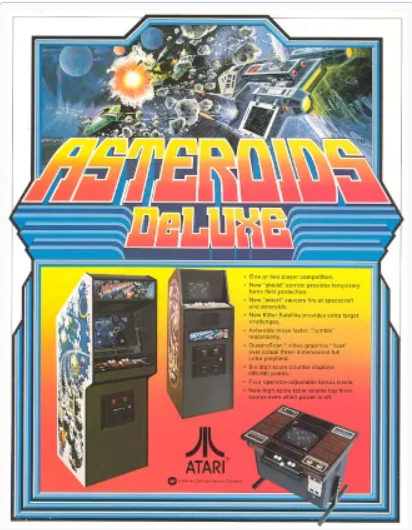
Atari’s vector graphics created impossibly crisp lines as players blasted space rocks into smaller and smaller pieces. The wrap-around screen space and momentum-based movement required genuine physics understanding.
High-score competitions became serious business as players spent hours perfecting their techniques. The distinctive visual style and sound effects defined an entire era of arcade gaming.
Like Go2Tutors’s content? Follow us on MSN.
Missile Command (1980)
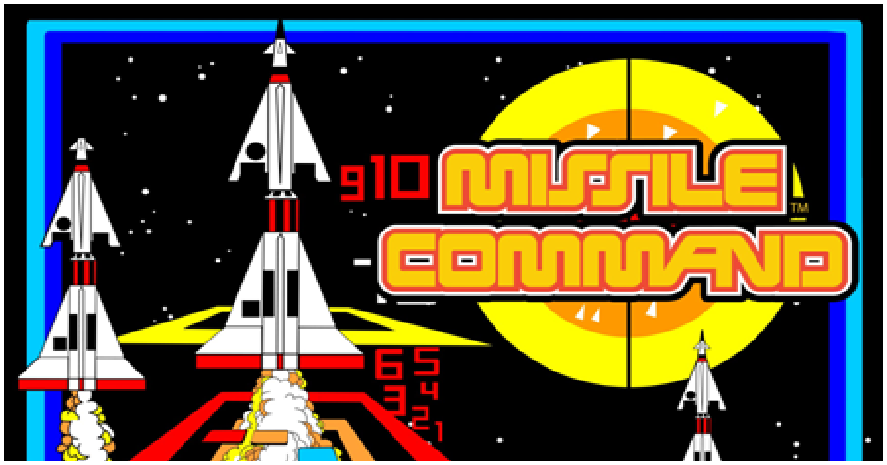
The game’s nuclear warfare theme struck a chord during heightened Cold War tensions. Players desperately defended cities from incoming missiles, knowing their eventual defeat was inevitable.
The trackball controller offered unprecedented precision for aiming counterstrikes. The game’s ending – there wasn’t one, just increasingly difficult waves until failure – carried a powerful anti-war message.
Centipede (1981)

Dona Bailey’s shooter attracted female players to arcades in unprecedented numbers. The trackball control scheme and colorful graphics offered a different kind of gaming experience.
The garden-themed enemies provided a whimsical alternative to typical space warfare games. Its success proved that video games could appeal to all demographics when thoughtfully designed.
Double Dragon (1987)
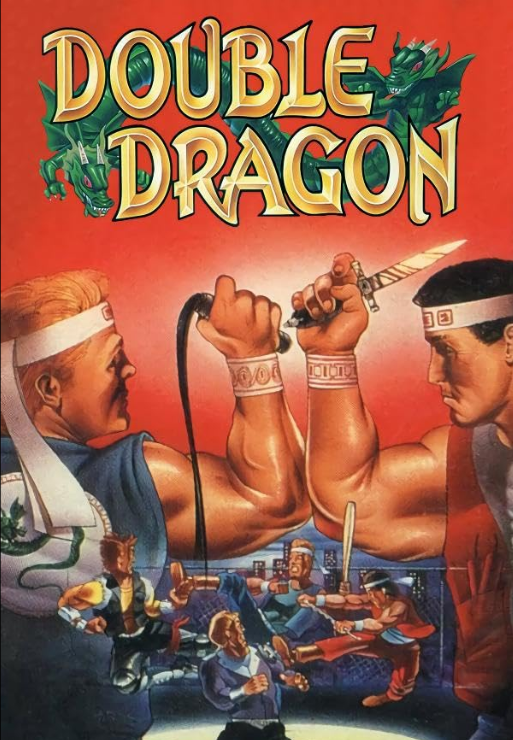
The street-fighting action captured the essence of 1980s action movies. Two-player cooperative play created new social gaming experiences.
The ability to use enemy weapons and environmental objects expanded combat possibilities. Players spent hours mastering the perfect combinations of moves and techniques.
Like Go2Tutors’s content? Follow us on MSN.
Q*bert (1982)
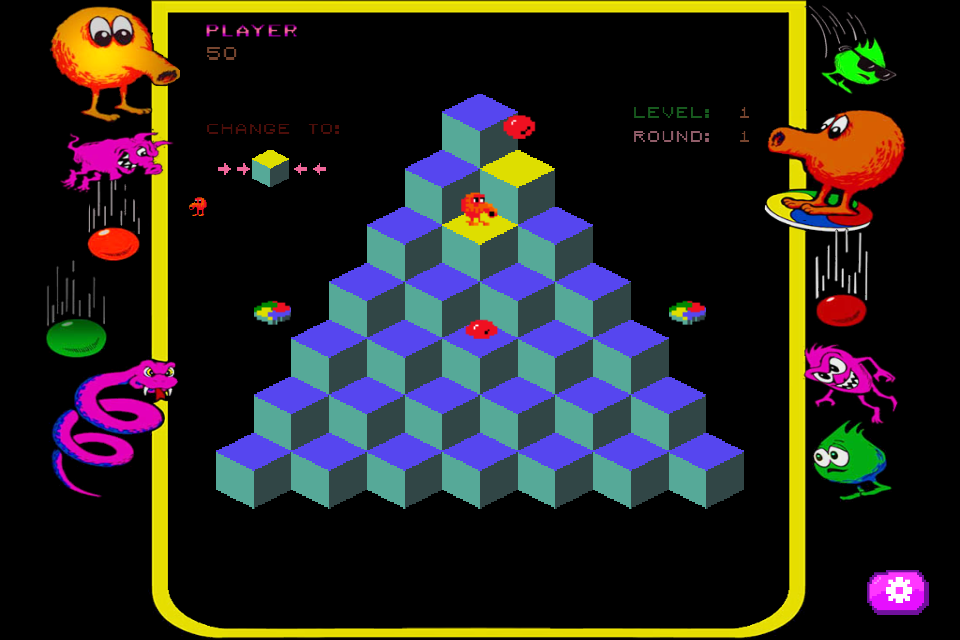
The diagonal jumping puzzle game confused and delighted players with its unique perspective. The character’s synthesized swearing when falling off the pyramid added personality through technical limitations.
Color-changing cube mechanics influenced puzzle game design for years to come. Its distinctive cabinet design, featuring a diagonally mounted joystick, demonstrated how hardware could enhance gameplay.
Robotron: 2084 (1982)
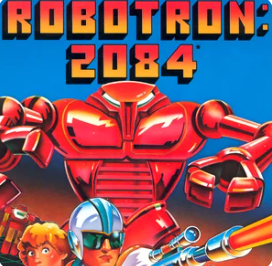
Eugene Jarvis returned with the first true twin-stick shooter, demanding unprecedented hand-eye coordination. The game’s “save the humans” objective added strategy to the intense shooting action.
Players developed advanced techniques for managing the relentless waves of robots. The control scheme would influence games for decades to come.
Dig Dug (1982)
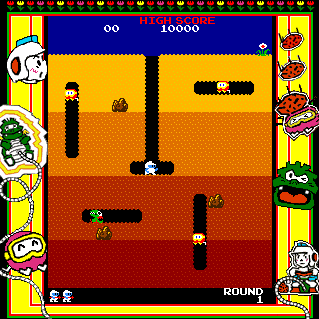
Players tunneled through the earth, inflating monsters until they popped. The strategic element of collapsing rocks on enemies added depth to the simple premise.
The cute graphics masked surprisingly complex gameplay mechanics. The game’s success in both Japan and America demonstrated gaming’s growing global appeal.
Like Go2Tutors’s content? Follow us on MSN.
Tempest (1981)

Dave Theurer’s vector graphics shooter created the illusion of 3D space years before true 3D gaming. The distinctive vector visual style burned itself into players’ retinas during long sessions.
The unique geometric playfields offered different strategic challenges. Its forward-thinking design anticipated gaming’s eventual move into three dimensions.
Track & Field (1983)
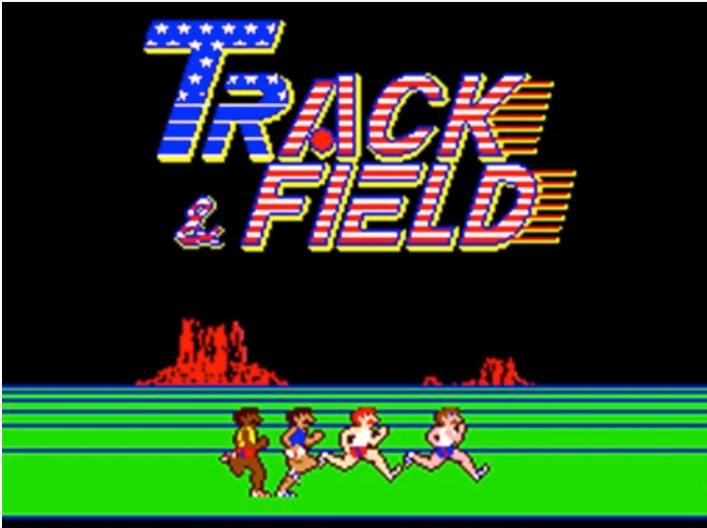
Konami’s sports game destroyed countless joysticks as players frantically waggled to build running speed. Competition became physically demanding in a way no previous video game had been.
Players developed various techniques to maximize their button-pressing speed, including the infamous “pencil roll.” The game merged physical and digital challenges in innovative ways.
Joust (1982)
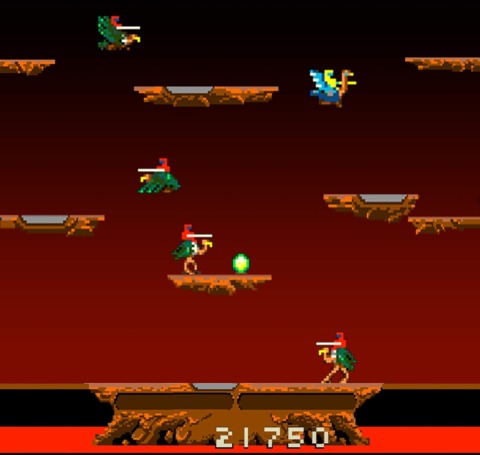
The unique control scheme required players to master the timing of their knight’s flapping ostrich mount. Two-player cooperative and competitive modes added social gaming dimensions.
The lava troll’s mysterious appearances became playground legends. The game’s physics-based gameplay offered a different kind of challenge from typical shooters and platformers.
Like Go2Tutors’s content? Follow us on MSN.
Pole Position (1982)
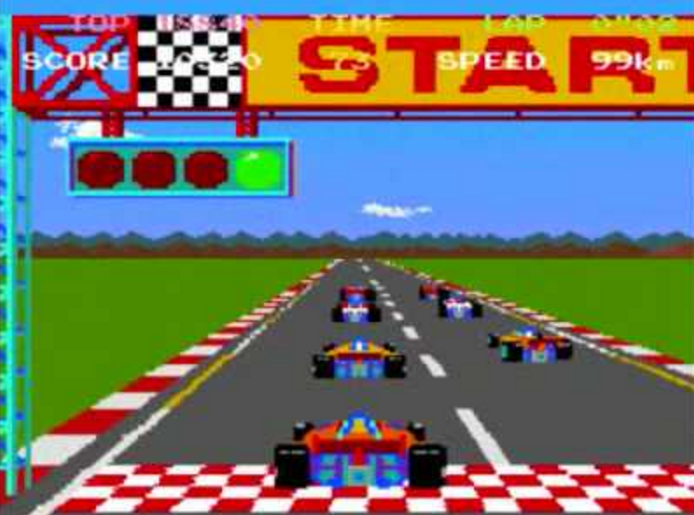
Namco’s racing game set new standards for arcade graphics and sound. The qualifying lap format added tension to the racing action.
Sit-down cabinet versions created more immersive gaming experiences. The game established conventions for racing games that would persist for decades.
Dragon Quest (1986)
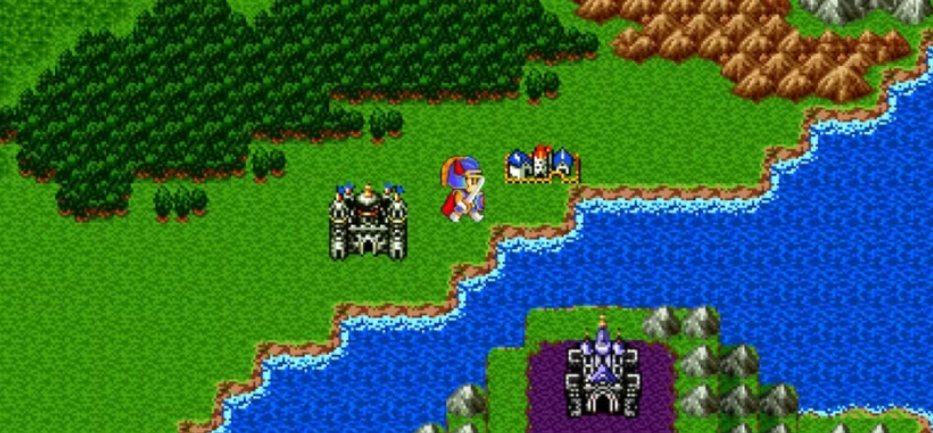
While mostly huge in Japan, this game established conventions for console RPGs that would influence gaming worldwide. The combination of Akira Toriyama’s artwork and Koichi Sugiyama’s music created new standards for game presentation.
The simple but engaging story proved games could deliver narrative experiences. Its success inspired countless imitators and established RPGs as a major genre.
Tetris (1984)
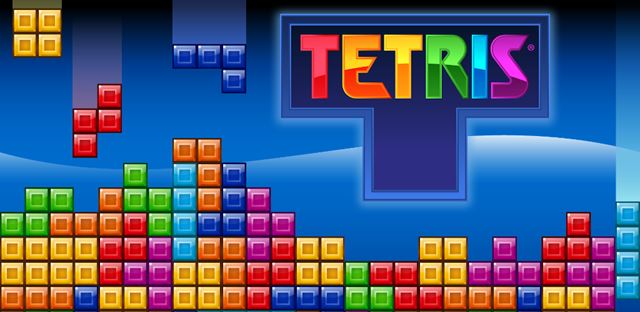
Alexey Pajitnov’s falling block puzzle game somehow made geometric shape organization addictive. The game transcended language and cultural barriers with its universal appeal.
The Russian import proved that great gameplay could come from anywhere. Its accessibility and depth made it the perfect pack-in game for Nintendo’s Game Boy, ensuring its eternal place in gaming history.
Like Go2Tutors’s content? Follow us on MSN.
The Digital Revolution Continues

These games represent more than just entertainment – they laid the foundation for modern gaming culture. From control schemes to visual styles, from storytelling techniques to social gaming experiences, their influence remains visible in today’s games.
While graphics and technology have evolved dramatically, the core principles of engaging gameplay that these titles established continue to guide game designers. Their legacy lives on in every pixel, polygon, and player who picks up a controller looking for digital adventure.
More from Go2Tutors!

- Famous Battles: How Much Do You Really Know About U.S. History?
- Top 5 Most Important Skills, According To Harvard Business School
- How Well Do You Know 90s Pop Culture? Take the Quiz
- Master the Art of Public Speaking with These Expert Tips
- Think You Know Capitals? Put Your Knowledge to the Test
Like Go2Tutors’s content? Follow us on MSN.



